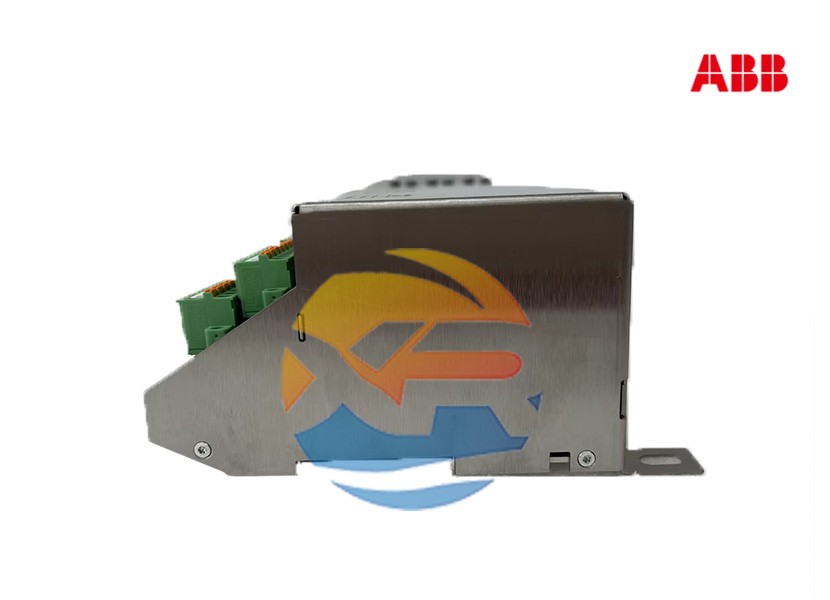
Specifying a controller like the ABB PCD232A101 3BHE022293R0101 is the first step in building a reliable automation system. The real challenge lies in its successful integration. This guide is for system designers, engineers, and integrators, providing a roadmap for selecting, architecting, and maintaining a control system centered on this powerful AC 800M CPU.
Before diving in, confirm that this controller meets your project's needs. Consider it for your project if you require:
For smaller applications (e.g., a single machine with under 100 I/O), a more compact PLC might be more cost-effective.
The PCD232A101 CPU does not work alone. It is part of a system. Key components to specify include:
The CPU module slots into a baseplate (e.g., a unit from the S800 series). This baseplate provides the backplane communication and power to the CPU and other modules. You must select a compatible and appropriately rated power supply unit (PSU) for the entire rack.
The AC 800M controller typically communicates with remote I/O drops. You will need to select the appropriate S800 I/O modules (digital input, digital output, analog input, analog output, etc.) based on your field device signals. The choice of communication (e.g., Profibus DP, Foundation Fieldbus H1) will determine the required communication interface module.
If your application requires high availability, you must plan for a redundant system from the start. This means ordering:
The engineering software is your window into the controller.
The modern tool for programming AC 800M controllers is ABB's Automation Builder. This all-in-one suite supports hardware configuration, programming in IEC 61131-3 languages, simulation, and debugging. Ensure your engineering team has access to the correct licenses.
The first task in software is to create a hardware configuration that mirrors your physical setup. This involves adding the CPU (PCD232A101), defining its network parameters (IP address), and adding all the I/O modules connected to it.
Develop the application program using the most suitable programming language. For complex regulatory control, Function Block Diagram (FBD) is often used. For batch sequences, Sequential Function Chart (SFC) is ideal.
The ABB PCD232A101 3BHE022293R0101 is a well-supported but mature product. It is crucial to:
Successfully integrating the ABB PCD232A101 controller requires careful planning from system architecture to software configuration and commissioning. By following a structured approach and understanding the ecosystem of components around the CPU, you can build a robust, maintainable, and high-performing automation system that will serve your plant reliably for years to come.